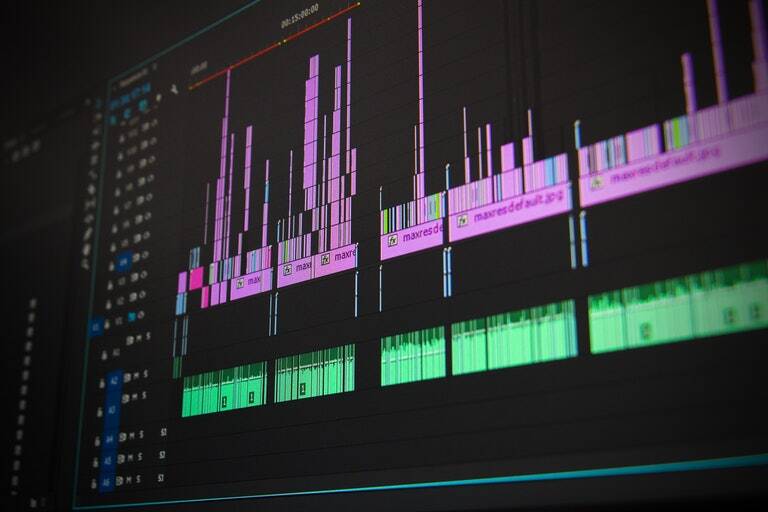When streaming services first launched, artists were skeptical; in fact, many were downright hostile because they were positive these new services would make it impossible to profit from their creative work. And for a while, they were right. Streaming services weren’t designed to support artists and contracts were far from favorable. But as more listeners switch to services like Spotify, AppleMusic, and even SoundCloud, these programs revealed their real advantage: they offered musicians an insight into listener habits and helped them shape data into a competitive edge.
The Trend Machine
Despite the importance of novelty and originality, musical success has always relied on certain predictable features. For example, in 2016, the artist Alex Da Kid released a single called “Not Easy” based on a unique composition process – to create the song, he had used IBM Watson and Beat to analyze every hit song from the past five years. “Not Easy” reflected the sonic trends found in those songs, in what might be termed song writing via recipe.
In the streaming economy, though, musicians don’t have to be as precise as Alex Da Kid to score a serious win. Instead, many are using the logic of familiarity to engineer hits – and profits. The trick is to make the first thirty seconds of the song sound similar to songs that are already popular, because to receive royalties from streaming services, a song needs to be played for at least thirty seconds. That’s why the first thirty seconds of “Swish Swish” by Katy Perry sound like a Fatboy Slim sample or while others musicians commit the first thirty seconds of a track to big, compelling sounds like the trumpets that open “Despacito.”
Amplifying Data Avenues
Back when everyone bought CDs, musicians had to rely on radio data to see what was catching on; they couldn’t tell what tracks fans were playing on repeat in their rooms or putting onto mixes for their friends. But streaming has changed how musicians understand their songs because they have individual listener data on every track. They register music with Nielsen SoundScan to capture streaming data, Mediabase to track radio airplay, and still receive direct reports from the individual streaming services. Suddenly musicians know every time one of their songs is played – and they’re using all of this data to boost their marketing.
According to Spotify’s founder Daniel Ek, the platform freely shares their streaming data with artists because it helps musicians use the platform more effectively, which makes Spotify more profitable for everyone – but musicians take that data well beyond new tracks and streaming strategy. No, they’re also using this data in collaboration with labels to plan collaborations, schedule tours, and promote shows and merchandise. In other words, even if streaming is less profitable than older music sales models, it makes up for those losses in data.
Gone are the days when musicians could wall themselves off from streaming services, like Taylor Swift did for years by keeping her songs off these platforms – but then again, why would they want to? These platforms now dominate the music industry, and they offer musicians a new level of access to fans via data. And as streaming services continue to grow and evolve, they promise to introduce even more ways for artists and listeners to connect, and potentially even new ways for musicians to make a profit.








